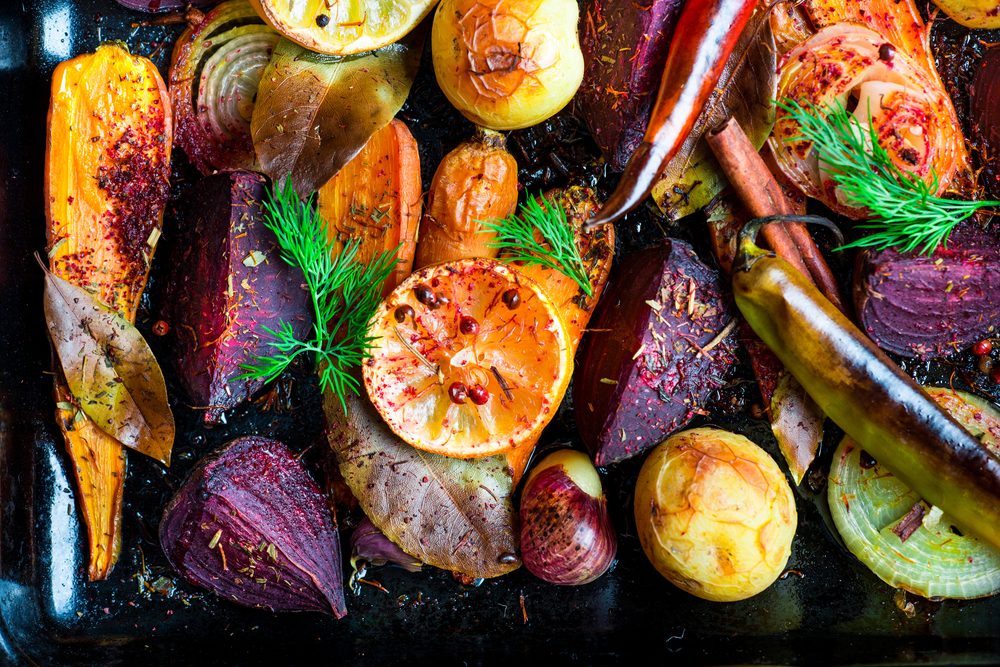Ingredients
500 g arborio rice
250 g white wine
250 g grated Parmigiano-Reggiano cheese
60 g butter
1.5 to 2 L warm chicken broth
1 onion, finely chopped
- In a large saucepan, soften the onion in half the butter over medium heat. Add the rice and cook for 1 minute, stirring to coat well. Add the white wine and reduce until almost dry.
- Add the chicken broth, about 250 mL at a time, stirring frequently until the liquid is completely absorbed before adding more broth. Season with salt and pepper. Cook for 18 to 22 minutes or until the rice is al dente. Add more broth, as needed.
- Take the saucepan off the heat and add the cheese, the remaining butter, and the toppings of your choice (green peas, asparagus, shrimp, etc.). Stir until the texture is very creamy. Adjust the seasoning.
- Divide the risotto into bowls. Sprinkle with more Parmesan cheese, if desired.





